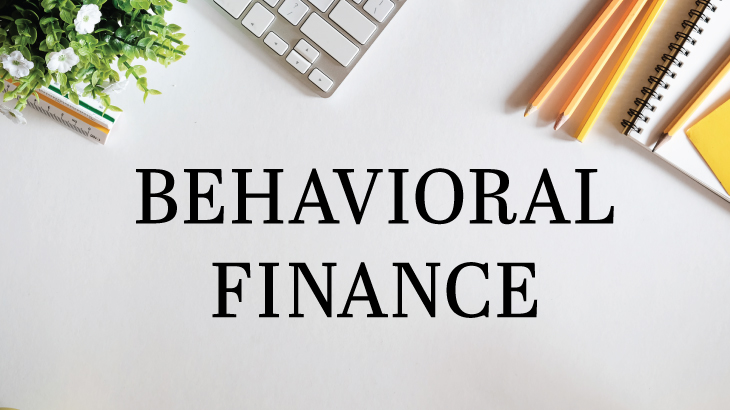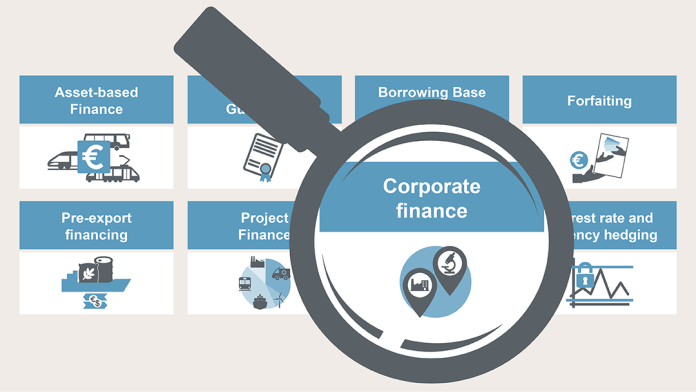Introduction: In a world characterized by uncertainties, risk management and insurance emerge as essential tools for protecting individuals, businesses, and assets from potential financial setbacks. Risk management involves identifying, assessing, and mitigating various risks, while insurance provides a safety net against unexpected events. This article delves into the realm of risk management and insurance, offering insights into their significance, strategies, and the role they play in fostering financial security.
Section 1: Understanding Risk and Its Types 1.1 Defining Risk
- Explanation of risk as the potential for loss or negative outcomes.
- The concept of risk in financial and everyday contexts.
1.2 Types of Risk
- Exploring various categories of risk: financial, operational, strategic, and more.
- Identifying specific risks that individuals and businesses may face.
Section 2: The Importance of Risk Management 2.1 Why Risk Management Matters
- Discussion of the significance of risk management in maintaining financial stability.
- How effective risk management contributes to informed decision-making.
2.2 The Risk Management Process
- Steps involved in risk management: risk identification, assessment, mitigation, and monitoring.
- The role of risk management frameworks and methodologies.
Section 3: Strategies for Risk Mitigation 3.1 Avoidance and Reduction
- Exploring strategies for avoiding and reducing risk exposure.
- Examples of how businesses and individuals can minimize certain risks.
3.2 Transfer and Sharing
- The concept of risk transfer through insurance and other contractual arrangements.
- Collaborative risk-sharing mechanisms among businesses and industry partners.
3.3 Retention and Self-Insurance
- Understanding risk retention and self-insurance for managing certain types of risks.
- The considerations and benefits of retaining risk.
Section 4: Introduction to Insurance 4.1 What is Insurance?
- Definition of insurance as a financial arrangement that provides protection against specific risks.
- The roles of insurers, policyholders, and premiums.
4.2 Types of Insurance
- Overview of common types of insurance: health, life, property, auto, liability, etc.
- How different types of insurance address specific risks.
Section 5: The Insurance Process 5.1 Purchasing Insurance
- Steps involved in purchasing insurance: evaluating needs, selecting coverage, and obtaining quotes.
- The importance of reading and understanding policy terms.
5.2 Making Claims
- The process of filing and handling insurance claims.
- Tips for effectively navigating the claims process.
Section 6: Risk Management and Insurance in Business 6.1 Business Risk Management
- How businesses identify, assess, and mitigate risks across various functions.
- The integration of risk management into corporate strategy.
6.2 Commercial Insurance
- Exploring specialized insurance options for businesses, including property, liability, and business interruption insurance.
- The role of commercial insurance in protecting business assets and operations.
Section 7: Personal Risk Management and Insurance 7.1 Personal Financial Risk
- Discussing common personal financial risks and their potential impact.
- Strategies for managing risks related to income, health, and life.
7.2 Personal Insurance Coverage
- The importance of personal insurance coverage, such as health, life, and disability insurance.
- Tailoring insurance to individual circumstances and needs.
Conclusion: Risk management and insurance provide the means to navigate an unpredictable world with greater confidence and peace of mind. By recognizing and addressing potential risks, individuals and businesses can make informed decisions that safeguard their financial well-being and protect their assets. Embracing risk management and insurance as integral components of financial planning empowers individuals and organizations to build resilience and secure a more stable future in the face of life’s uncertainties.



